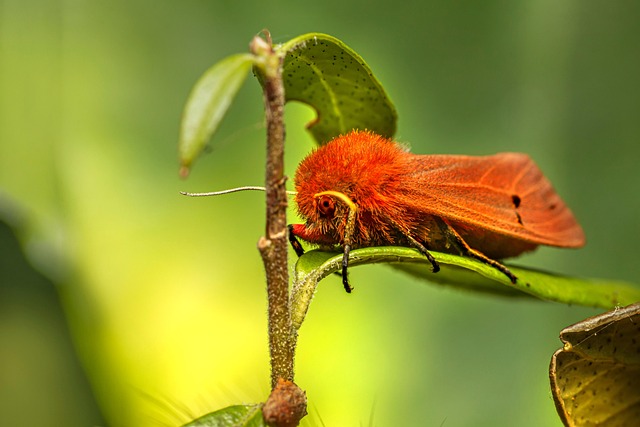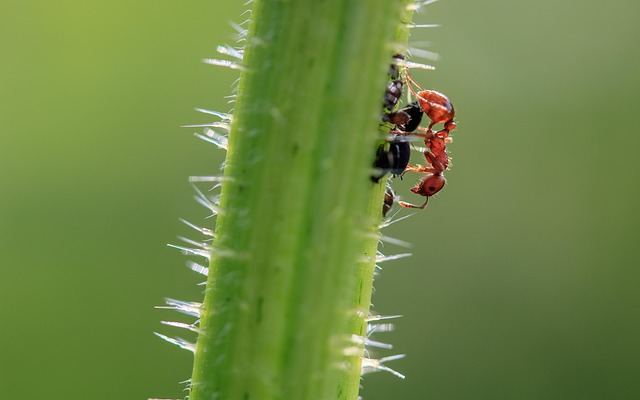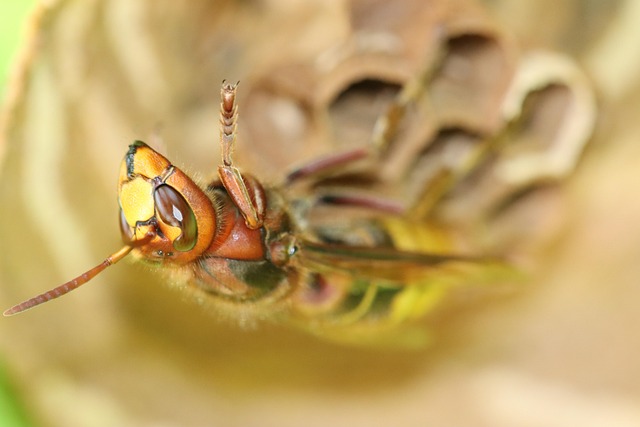Residential mosquito control in Sheridan focuses on preventing West Nile Virus transmission by understanding mosquito behavior and eliminating breeding sites. Chemical treatments require caution due to environmental risks, while natural solutions like repellents and beneficial insects offer eco-conscious alternatives. Long-term strategies involve removing standing water sources, maintaining yards free of debris, using screens, and collaborating with landscapers to create an inhospitable environment for mosquitoes, protecting both health and property.
In Sheridan, effective residential mosquito control is crucial for both public health and quality of life. This article delves into comprehensive strategies to combat mosquitoes, with a focus on preventing the spread of West Nile Virus. We explore two primary avenues: understanding mosquito behavior and exploring residential eradication methods. From chemical solutions to natural alternatives, we provide an in-depth analysis, guiding Sheridan residents towards sustainable and safe practices for long-term mosquito control.
- Understanding Mosquitoes: Behavior and West Nile Virus Risk
- Residential Mole Eradication Methods: Chemical vs. Natural Solutions
- Long-Term Prevention Strategies for Effective Mosquito Control
Understanding Mosquitoes: Behavior and West Nile Virus Risk

Mosquitoes are more than just a nuisance; they’re vectors for diseases like West Nile Virus (WNV). Understanding their behavior is crucial to implementing effective residential mosquito control strategies in Sheridan. Mosquitoes thrive in standing water, so removing potential breeding sites around homes is key. During the day, they rest in dark, secluded places, while evenings and early mornings see them actively seeking blood meals. This activity increases their risk of transmitting WNV, especially if infected.
While some mosquitoes can carry and transmit WNV, not all do. However, with over 150 species present in Wyoming, including several capable of carrying the virus, Sheridan residents should take proactive measures. Implementing a comprehensive residential mosquito control plan, focusing on eliminating breeding sites and using targeted treatments when necessary, helps protect both health and property from these persistent pests and reduces the risk of WNV transmission.
Residential Mole Eradication Methods: Chemical vs. Natural Solutions

When it comes to residential mole eradication, homeowners have two primary options: chemical and natural solutions. Chemical treatments involve the application of pesticides specifically designed to target moles. These products can be effective but should be used with caution due to potential environmental impact and health concerns. It’s crucial to follow label instructions and seek professional advice for safe and responsible use.
Natural solutions, on the other hand, offer an eco-friendly alternative by leveraging non-toxic methods like repellents, physical barriers, and beneficial insects. For instance, using castor oil or garlic-based repellents can help deter moles naturally. Creating physical barriers such as mole mesh fences around problem areas also prevents their entry. Additionally, introducing natural predators like shrews or certain bird species into your yard can contribute to long-term mole control, making it an attractive option for those prioritizing residential mosquito control to prevent West Nile virus in Sheridan.
Long-Term Prevention Strategies for Effective Mosquito Control

Implementing long-term prevention strategies is crucial for effective mosquito control, especially in areas like Sheridan where residents face the risk of West Nile Virus transmission. One key approach involves removing standing water sources, as mosquitoes breed in stagnant water. Regularly emptying containers, buckets, and bird baths can significantly reduce breeding grounds. Additionally, maintaining proper drainage systems and ensuring gutters are clear prevents water from pooling around homes.
For residential mosquito control, using a combination of these preventive measures can create an inhospitable environment for mosquitoes. Landscapers and homeowners should collaborate to keep yards free from debris and clippings that could collect water. Implementing physical barriers like screens on doors and windows also helps, especially during peak mosquito activity times. These strategies not only protect against West Nile Virus but also contribute to a healthier, more comfortable living environment in Sheridan.
Implementing effective residential mosquito control measures is crucial for Sheridan residents aiming to mitigate West Nile virus risks. By understanding mosquito behaviors and employing a combination of chemical and natural solutions, as well as adopting long-term prevention strategies, folks can create a safer, more enjoyable environment. These integrated pest management techniques ensure not only the removal of moles but also the reduction of vector-borne disease transmission, promoting a healthier community.
